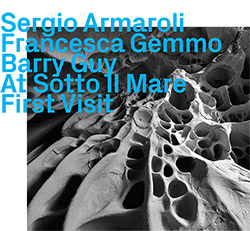
Italian improvisers vibraphonist Sergio Armaroli and pianist Francesca Gemmo, first heard as a quartet on ezz-thetic's Prismo, collaborate with legendary UK double bassist Barry Guy in this deeply conversational trio recorded at the Sotto Il Mare Studio, blending jazz, classical modernism, and free improvisation in a spontaneous performance of intent listening.
In Stock
Quantity in Basket: None
Log In to use our Wish List
Shipping Weight: 3.00 units
EU & UK Customers:
Discogs.com can handle your VAT payments
So please order through Discogs
Sample The Album:
Sergio Armaroli-vibraphone
Francesca Gemmo-piano
Barry Guy-double bass
Click an artist name above to see in-stock items for that artist.
Included two b&w postcards.
UPC: 752156710622
Label: ezz-thetics by Hat Hut Records Ltd
Catalog ID: ezz-thetics 106
Squidco Product Code: 35493
Format: CD
Condition: Sale (New)
Released: 2024
Country: Switzerland
Packaging: 35495
Recorded September 30, 2023 at the Sotto Il Mare Studio, Povegliano Veronese, by Raffaele Stefani; Mastering by Michael Brändli, Hardstudios AG.
"These improvisations were unplanned, Sergio Armaroli explains by email: "Just some vocal instructions just before playing: listen, don't play immediately, not too loud". The studio arrangement was important, he adds, with Barry Guy in the middle. "The space determined the dialogue between us. The studio is very large - it helped concentration on one's instrument and listening", Armaroli comments. "I couldn't see the others and so I could listen better!"
The improvisations are divided into solo, duo and trio. Armaroli took his approach from Franco Evangelisti's with Nuova Consonanza, where a soloist would start and the others would follow, consistent with what was being played. The vibraphonist comments that "A certain understanding was immediately created between us, which gradually dissolved in the general sound, despite a palpable tension and maximum concentration that I remember with great nostalgia...the sound and vibration between us that is life....it is all very spiritual."
He argues that "improvised - 'totally' free - music should be played very little - live - and only after a long work of spiritual and technical preparation". He adds - contradicting Derek Bailey - that "Recording is the only possible form for this music that is so fragile and lives in the moment... An idea is embodied in sound for a moment, it is fixed and lives in the listening".
At Sotto Il Mare is free improvisation in the sense originated in the 1960s by Bailey and colleagues - of whom bassist Barry Guy was one. In his classic book, Bailey set out the controversial view that free improvisation is by definition non-idiomatic improvisation, freed from generic influences. Since Improvisation: Its Nature and Practice in Music appeared, much ink has been spilled on whether this claim is correct. I'd argue that it isn't - not because it's false, but because, as with many philosophical claims, it's misleading or tendentious, and leads to misunderstanding.
It rests on a linguistic metaphor - an idiom is a word or phrase in a language. Since ancient times, philosophers, musicologists and lay commentators have compared music to language. "Music...is a kind of language which we speak and understand yet cannot translate", comments Eduard Hanslick. Claude Levi-Strauss refers to music as "the only language with the contradictory attributes of being at once intelligible and untranslatable".
The language metaphor is pervasive in writing on music, and many who use it fail to realise that it is a metaphor. But it should be challenged. As philosopher Kathleen Higgins comments, "both [language and music] involve sound addressed to hearing and have rules for combining elements. The resulting strings of sound events are meaningful, and both link human beings to the external world". But as she goes on to say, they differ in their means and in what is communicated.
For semiotician David Lidov, "the musical aspect of speech is of its essence". Influenced by him Higgins proposes, ingeniously, that we might justly call language a music. This is a neat reversal. (Similarly, a riposte to the common claim that learning music is useful for developing mathematical skills, is that learning mathematics is useful for developing one's musical skills.) Animal responses to human language show that it is a music. Dogs need to hear a voice that shows affection, even though they do not understand the semantic meaning that it expresses - that is one of language's musical qualities, and it is communicative.
Returning to Derek Bailey's (linguistic) claim that free improv is non-idiomatic: No music making can be entirely non-idiomatic. Removing the metaphor, the claim is that it is characterless, without personality. But despite his best intentions, perhaps, one can hear a range of influences in Bailey's own work - even if jazz isn't one of them. And the present album shows that "non-idiomatic" is the wrong description for much free improvisation. The common description "abstract" is also misleading. All music is abstract in form, humane in utterance.
Listen and ask yourself, "Does this music sound abstract?" Surely it is concrete, specific, full of life - like the finest so-called abstract painting. Consider Armaroli's solo "Interlude" (track five). This is forceful, energetic music, showing the tumbling momentum of free jazz - not Derek Bailey's model. There's nothing abstract about it. Like-wise Francesca Gemmo's piano "Interlude" that follows it, with influences from classical modernism as well as jazz and improv.
Of this trio, only Guy was well-known to me before. He's a veteran of free jazz and improv, but also a composer in the tradition of Western modernism. Being musically receptive has always been his guiding principle, and early inspirations included Mingus, Monteverdi and Xenakis. Guy's music, both improvised and composed, involves techniques from avantgarde complexity - but it can also be melodic and accessible.
Armaroli's major influences were Milt Jackson, Bobby Hutcherson, Walt Dickerson and Karl Berger - and technically but not musically, Gary Burton and David Friedman. He play marimba also, and had a great love for the xylophone and Red Norvo. He started with drums, including Afro-Cuban percussion which he studied at the Instituto Superior de la Habana in Cuba, and African balafon and berimbau. He studied piano at the Conservatorio G. Verdi in Milan, where he also studied marimba, vibraphone and electronic music. His first influence was jazz, and then contemporary classical music especially Cage and Bartók.
Gemmo has a similar history, with influences from Bley, Tilbury, Crispell and Taylor, but she was also struck by the control and poetry of Schiff, Ciccolini and Haskil. "I live as a split pianist", she adds. "My study formation is typically classical. But I have always been attracted to extemporaneous reactivity rather than on the hyperdetailing of the written text." Aleatoric compositions (Cage, Bussotti) also fascinate her, as performer and composer. On "non-idiomatic", she comments: "A certain kind of free music - which I am not inspired by - is very idiomatic and ultimately recognizable. I embrace 'non-idiomatic' in that I take the freedom and risk to go where I want, exploring, and avoiding formal paths." In that sense, the music on this disc is non-idiomatic."-Andy Hamilton, May 17, 2024
Included two b&w postcards.
Artist Biographies
• Show Bio for Sergio Armaroli "Sergio Armaroli is a composer, percussionist, vibraphonist, teacher and total artist. His actions resonate through various artistic and musical fields, that of jazz being, perhaps, his most practised. He declares himself to be a painter, concrete percussionist, fragmentary poet and sound artist as well as founding his work "within the language of jazz and improvisation" as an "extension of the concept of art"." ^ Hide Bio for Sergio Armaroli • Show Bio for Francesca Gemmo "Francesca Gemmo is a pianist, composer and teacher. She graduated in Piano at the "FE Dall'Abaco" Conservatory in Verona, her city of origin, and in Composition at the "Giuseppe Verdi" Conservatory in Milan; in the same Conservatory he subsequently obtained the II level Academic Diploma for teaching Piano. She has obtained significant prizes and awards in national piano competitions and her repertoire ranges from Baroque to contemporary music. Her concert activity has led her to play in prestigious halls in Italy and abroad (Sale Apollinee in Venice, Center Le Phenix in Friborg, Konzerthaus in Weimar, Mudima Foundation in Milan, Museo del Novecento in Milan, Arsenale Theater in Milan , Seismic Area). The attention to paths of experimentation and improvisation has favored her collaboration with authoritative artists such as Sergio Armaroli, Alvin Curran, Brunhild Meyer-Ferrari, Steve Piccolo, Walter Prati, Giancarlo Schiaffini, Elliott Sharp, Fritz Hauser. As a composer she has to her credit several performances by important soloists and ensembles such as Irvine Arditti, Luca Avanzi, Sergio Scappini, Divertimento Ensemble, Trio Matisse; moreover, works have been commissioned from authoritative instrumentalists such as guitarist Magnus Andersson and saxophonist Daniel Kientzy." ^ Hide Bio for Francesca Gemmo • Show Bio for Barry Guy "Barry John Guy (born 22 April 1947, in London) is a British composer and double bass player. His range of interests encompasses early music, contemporary composition, jazz and improvisation, and he has worked with a wide variety of orchestras in the UK and Europe. He also taught at Guildhall School of Music. Born in London, Guy came to the fore as an improvising bassist as a member of a trio with pianist Howard Riley and drummer Tony Oxley (Witherden, 1969). He also became an occasional member of John Stevens' ensembles in the 1960s and 1970s, including the Spontaneous Music Ensemble. In the early 1970s, he was a member of the influential free improvisation group Iskra 1903 with Derek Bailey and trombonist Paul Rutherford (a project revived in the late 1970s, with violinist Philipp Wachsmann replacing Bailey). He also formed a long-standing partnership with saxophonist Evan Parker, which led to a trio with drummer Paul Lytton which became one of the best-known and most widely travelled free-improvising groups of the 1980s and 1990s. He was briefly a member of the Michael Nyman Band in the 1980s, performing on the soundtrack of The Draughtsman's Contract. Guy's interests in improvisation and formal composition received their grandest form in the London Jazz Composers Orchestra. Originally formed to perform Guy's composition Ode in 1972 (released as a 2-LP set on Incus and later, in expanded form, as a 2-CD set on Intakt), it became one of the great large-scale European improvising ensembles. Early documentation is spotty - the only other recording from its early years is Stringer (FMP, now available on Intakt paired with the later "Study II") - but beginning in the late 1980s the Swiss label Intakt set out to document the band more thoroughly. The result was a series of ambitious, album-length compositions designed to give all the players in the band maximum opportunity for expression while still preserving a rigorous sense of form: Zurich Concerts, Harmos, Double Trouble (originally written for an encounter with Alexander von Schlippenbach's Globe Unity Orchestra, though the eventual CD was just for the LJCO), Theoria (a concerto for guest pianist Irène Schweizer), Three Pieces, and Double Trouble Two. The group's activities subsided in the mid-1990s, but it was never formally disbanded, and reconvened in 2008 for a one-off concert in Switzerland. In the mid-1990s Guy also created a second, smaller ensemble, the Barry Guy New Orchestra. Guy has also written for other large improvising ensembles, such as the NOW Orchestra and ROVA (the piece Witch Gong Game inspired by images by the visual artist Alan Davie). His current improvising activities include piano trios with Marilyn Crispell and Agusti Fernandez. He has also recorded several albums for ECM, which often focus on the interface between improvisers and electronics, including his work in Evan Parker's Electro-Acoustic Ensemble and his own Ceremony. Guy's session work in the pop field includes playing double bass on the song "Nightporter", from the Japan album Gentlemen Take Polaroids. He is married to the early music violinist Maya Homburger. After spending some years in Ireland, they now live in Switzerland. They run the small label Maya, which releases a variety of records in the genres of free improvisation, baroque music and contemporary composition. Guy's jazz work is characterised by free improvisation, using a range of unusual playing methods: bowed and pizzicato sounds beneath the bass's bridge; plucking the strings above the left hand; beating the strings with percussion instrument mallets; and "preparing" the instrument with sticks and other implements inserted between the strings and fingerboard. His improvisations are often percussive and unpredictable, inhabiting no discernible harmonic territory and pushing into unknown regions. However, they can also be melodious and tender with due regard for harmonic integration with other players, and at times he will even play with a straight jazz swing feel. Similarly, in his concert works, Guy manages to alternate harmonic and rhythmic complexity worthy of 1960s experimentalists such as Penderecki and Stockhausen with joyous, often ecstatic, melody. Works such as "Flagwalk" for string orchestra and "Fallingwater - Concerto for Orchestra" display Guy's compositional skill in handling extended forms and writing for large instrumental groups. Some of his compositions, such as "Witch Gong Game" for ensemble, use graphic notation in conjunction with cue cards to lead performers into playing and improvising material from numbered sections of the score. He is also an architect." ^ Hide Bio for Barry Guy
3/12/2025
Have a better biography or biography source? Please Contact Us so that we can update this biography.
3/12/2025
Have a better biography or biography source? Please Contact Us so that we can update this biography.
3/12/2025
Have a better biography or biography source? Please Contact Us so that we can update this biography.
Track Listing:
1. At Sotto Il Mare - First Movement 5:31
2. At Sotto Il Mare - Second Movement 5:18
3. At Sotto Il Mare - Third Movement 5:38
4. Different Plans 3:17
5. Duet One - ...Timeless 2:50
6. Duet Two - In Dialogue 2:42
7. Interlude Between - I Double Bass Solo 3:34
8. Interlude Between - I Piano Solo 2:42
9. Interlude Between - Vibraphone Solo 2:57
10. Intertwining 7:08
11. Intertwining II 3:55
12. Prelude 2:25
Hat Art
Improvised Music
Jazz
Free Improvisation
Trio Recordings
European Improvisation, Composition and Experimental Forms
London & UK Improv & Related Scenes
New in Improvised Music
Recent Releases and Best Sellers
Hat Hut Masters Sale
Search for other titles on the label:
ezz-thetics by Hat Hut Records Ltd.



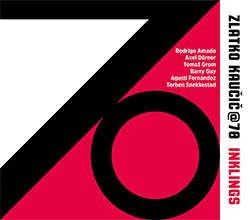

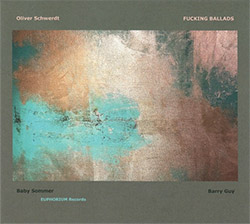

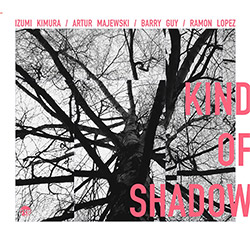






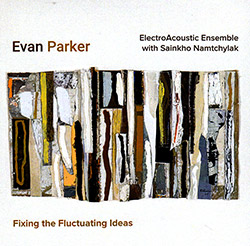


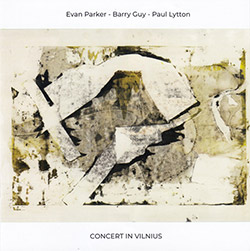
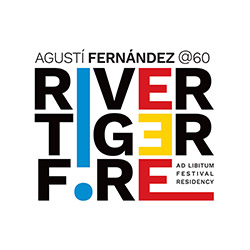
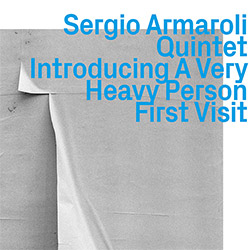




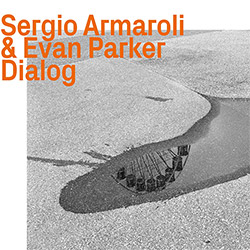
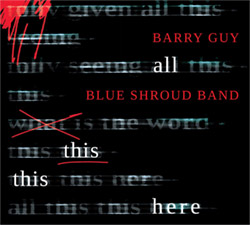




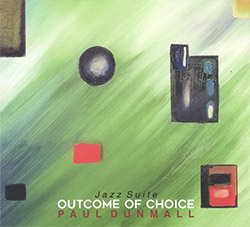
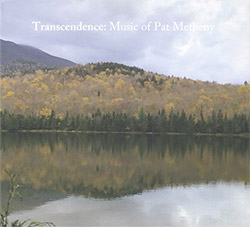

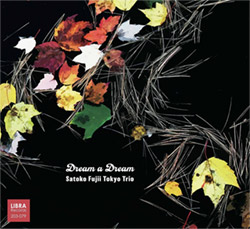
![Ackerley / Prymek / Turner: All Hope With Sleeping Minds [CASSETTE]](https://www.teuthida.com/productImages/misc4/35950.jpg)
![Myers, David Lee : Tin Drop Tear [BOOK w/ DOWNLOAD]](https://www.teuthida.com/productImages/misc4/36030.jpg)
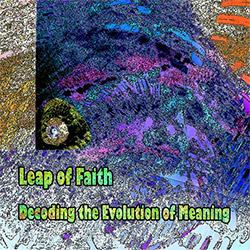
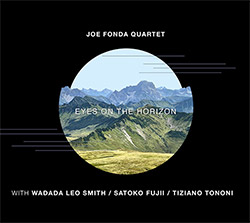
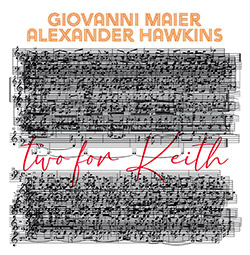
![Schindler, Udo / Sandy Ewen / Damon Smith: Munich Sound Studies Vols. 4, 5 & 6 [3 CDs]](https://www.teuthida.com/productImages/misc4/35966.jpg)

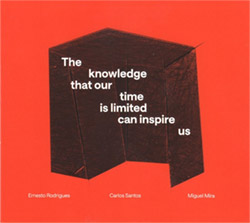
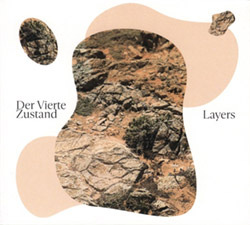



![Turbulence Orchestra & Sub-Units: Smear Out the Difficulties (Double Live) [2 CDs]](https://www.teuthida.com/productImages/misc4/36048.jpg)
![Perelman, Ivo / Tyshawn Sorey: Paralell Aesthetics [2 CDs]](https://www.teuthida.com/productImages/misc4/35871.jpg)
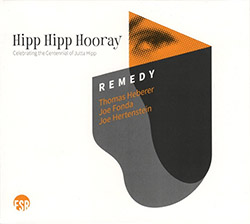
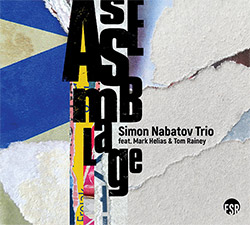
![Sjostrom, Harri: SoundScapes #4 Festival Berlin 2023 [3 CDs]](https://www.teuthida.com/productImages/misc4/35874.jpg)

![Musicworks Magazine: #150 Winter 2024/25 [MAGAZINE + CD]](https://www.teuthida.com/productImages/misc4/36035.jpg)
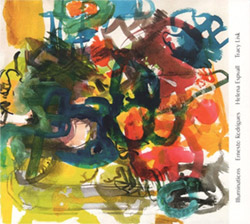

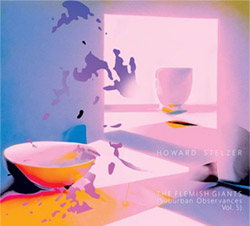

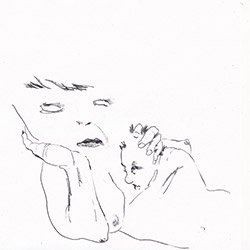
![Glenn, Jordan: Flustered [CASSETTE]](https://www.teuthida.com/productImages/misc4/35948.jpg)



![Lindorff-Ellery, Evan: Church Recordings from Monhegan [CASSETTE]](https://www.teuthida.com/productImages/misc4/35949.jpg)
![Schindler, Udo / Werner Dafeldecker / Gunnar Geisse: Travelling Sound Images - Cognitive Transfers [Trio]](https://www.teuthida.com/productImages/misc4/35767.jpg)
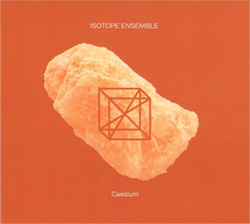
![Egberth, Dennis: The Dennis Egberth Dynasty [VINYL]](https://www.teuthida.com/productImages/misc4/35549.jpg)


![Schindler, Udo / Rieko Okuda / Eric Zwang Eriksson: Disturbed Terrains [2 CDs]](https://www.teuthida.com/productImages/misc4/35330.jpg)




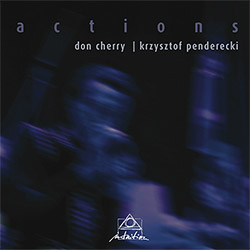
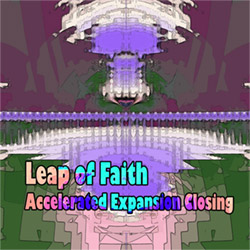

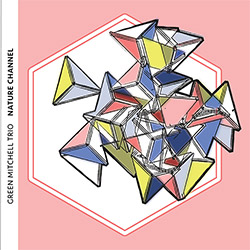

![Wolf Eyes / Anthony Braxton: Live At Pioneer Works, 26 October 2023 [VINYL]](https://www.teuthida.com/productImages/misc4/35839.jpg)

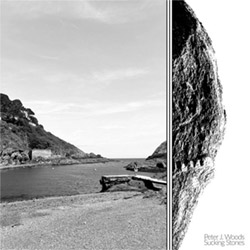
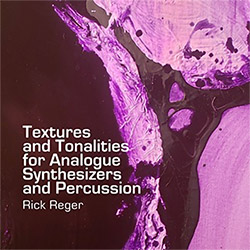
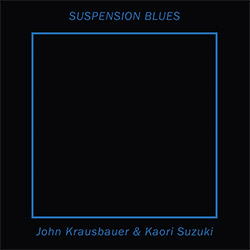
![Olencki, Weston : Pearls Ground Down To Powder [VINYL]](https://www.teuthida.com/productImages/misc4/35956.jpg)
![Myers, David Lee: Oculus [2CDs]](https://www.teuthida.com/productImages/misc4/35857.jpg)
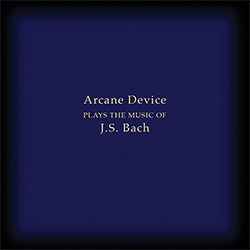
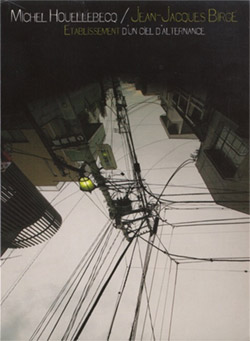
![dustsceawung: dustsceawung [CASSETTE w/ Download]](https://www.teuthida.com/productImages/misc4/35753.jpg)




![Halls of the Machine: Atmospheres For Lovers And Sleepers [CASSETTE w/ DOWNLOAD]](https://www.teuthida.com/productImages/misc4/35806.jpg)
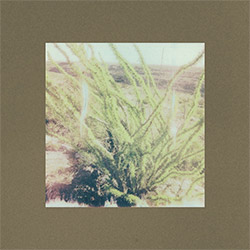
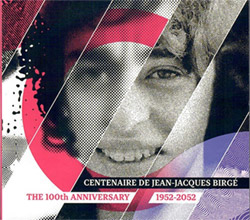

![AHC (Alexander Cooper): Lase [2 CDs]](https://www.teuthida.com/productImages/misc4/35754.jpg)



![Fagaschinski, Kai / Yan Jun : Graveyard Processions [VINYL w/ DOWNLOAD]](https://www.teuthida.com/productImages/misc4/35474.jpg)
![Brant, Cody / Carl Kruger: Smoke Detail [CASSETTE w/ DOWNLOAD]](https://www.teuthida.com/productImages/misc4/35551.jpg)







![Zorn, John / JACK Quartet: The Complete String Quartets [2 CDs]](https://www.teuthida.com/productImages/misc4/35609.jpg)

![Lonsdale, Eden: Dawnings [2 CDs]](https://www.teuthida.com/productImages/misc4/35480.jpg)


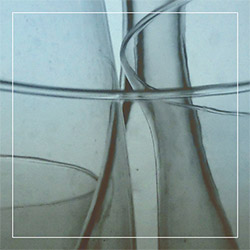




![Sanna, Claudio: Compositori Sardi Contemporanei II [2 CDs]](https://www.teuthida.com/productImages/misc4/35317.jpg)



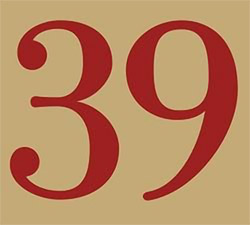
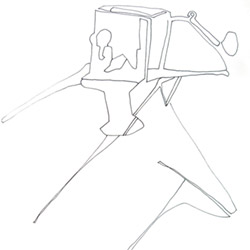


![Zurria, Manuel: Fame di Vento [3 CDs]](https://www.teuthida.com/productImages/misc4/35167.jpg)
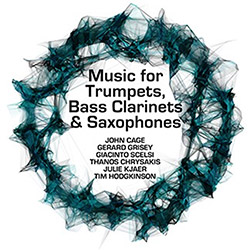
![Granberg, Magnus / Nattens Inbrott / Skogen: Holde Traume, Kehret Wieder! [2 CDs]](https://www.teuthida.com/productImages/misc4/35038.jpg)

![Electric Bird Noise / Derek Roddy: 8-10-22 [CD EP]](https://www.teuthida.com/productImages/misc4/35970.jpg)








![Elephant9 : Mythical River [VINYL]](https://www.teuthida.com/productImages/misc4/34624.jpg)



![Elephant9 with Terje Rypdal: Catching Fire [VINYL 2 LPs]](https://www.teuthida.com/productImages/misc4/35355.jpg)
![Deerlady (Obomsawin, Mali / Magdalena Abrego): Greatest Hits [VINYL]](https://www.teuthida.com/productImages/misc4/34876.jpg)







![Surplus 1980: Illusion of Consistency [CD]](https://www.teuthida.com/productImages/misc4/35069.jpg)
![Staiano, Moe: Away Towards the Light [VINYL + DOWNLOAD]](https://www.teuthida.com/productImages/misc4/35037.jpg)



![Caveira (Gomes / Sousa / Abras / Ferrandini): Ficar Vivo [VINYL]](https://www.teuthida.com/productImages/misc4/34643.jpg)
![Coley, Byron: Dating Tips for Touring Bands [VINYL]](https://www.teuthida.com/productImages/misc4/17906.jpg)

![Lost Kisses: My Life is Sad & Funny [DVD]](https://www.teuthida.com/productImages/misc4/lostKissesDVD.jpg)